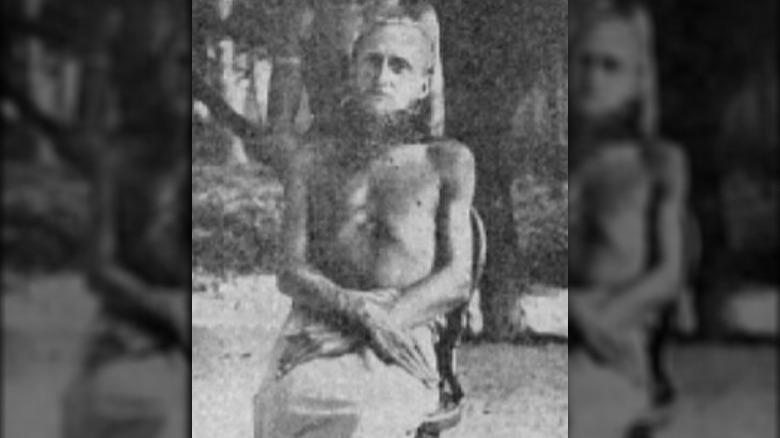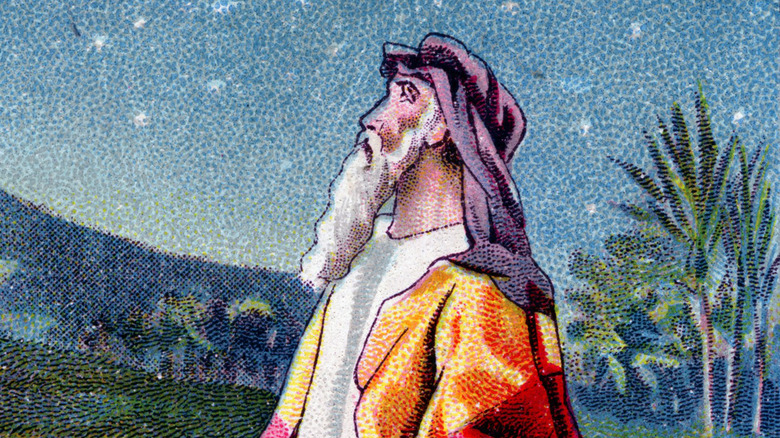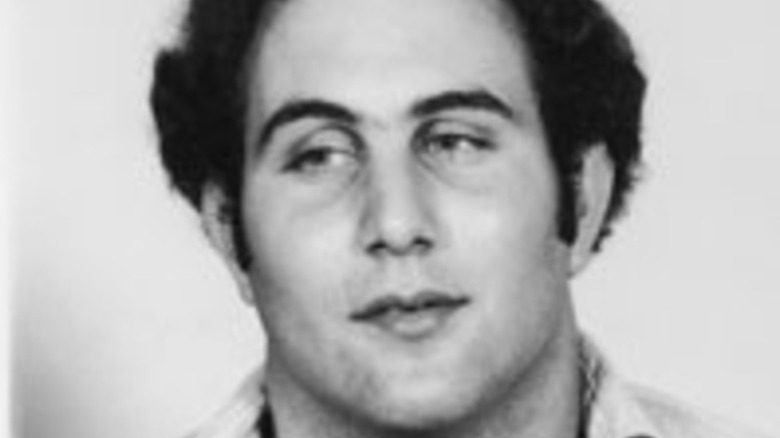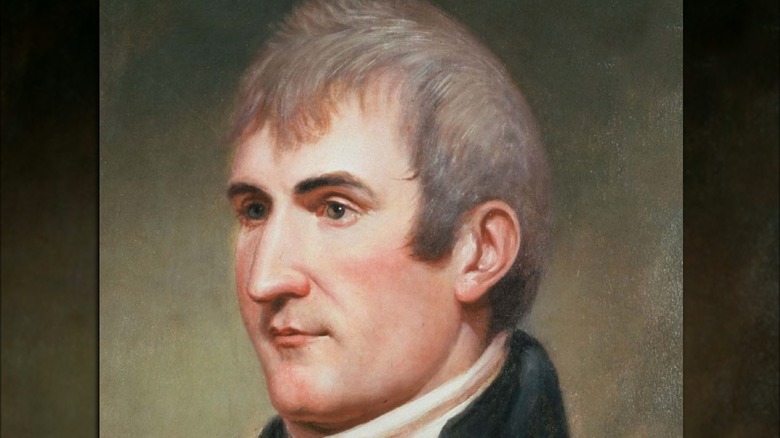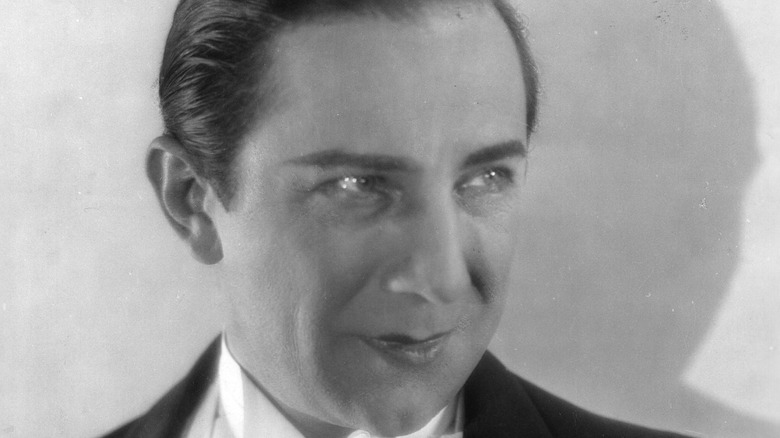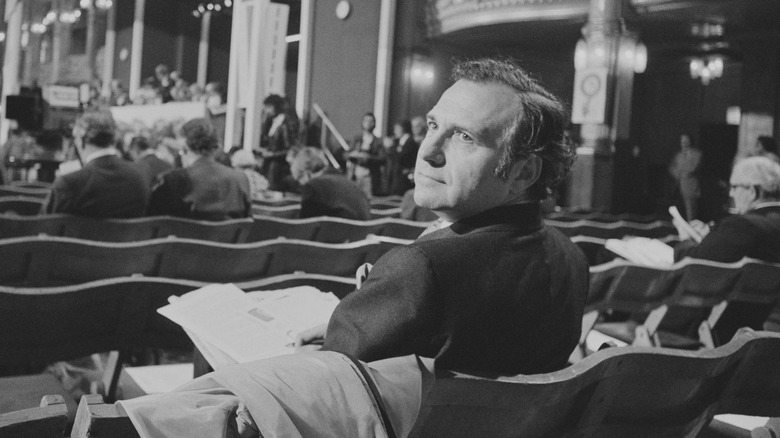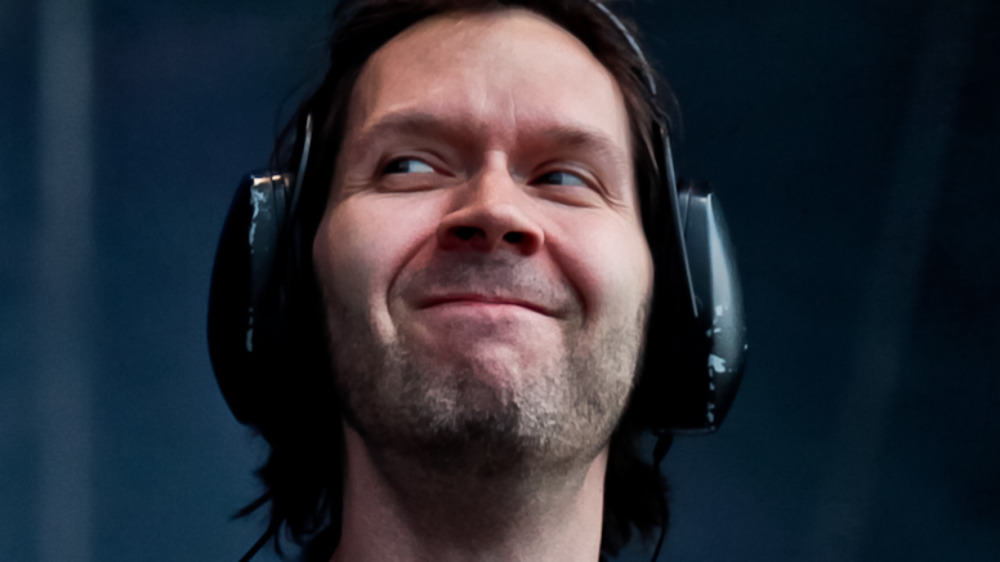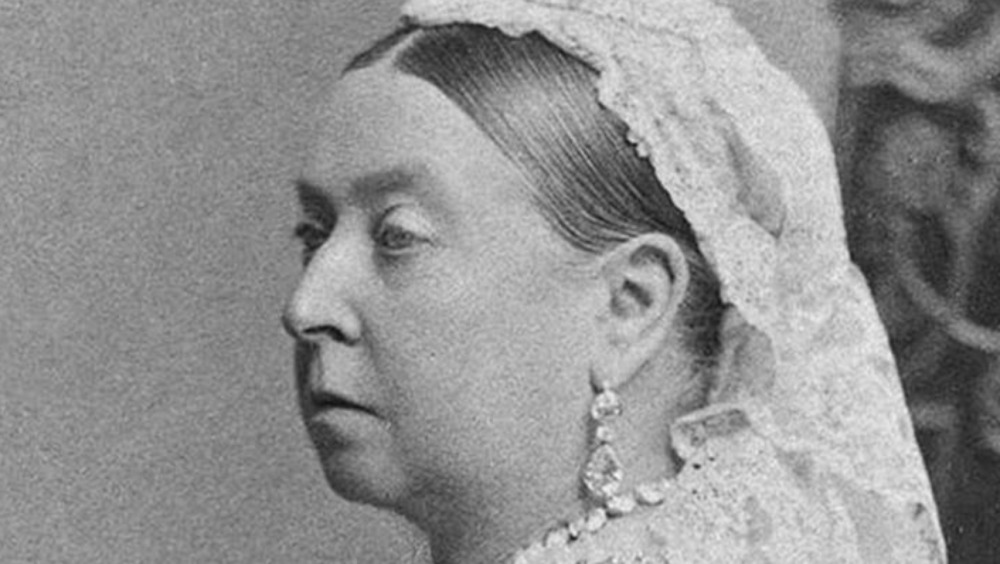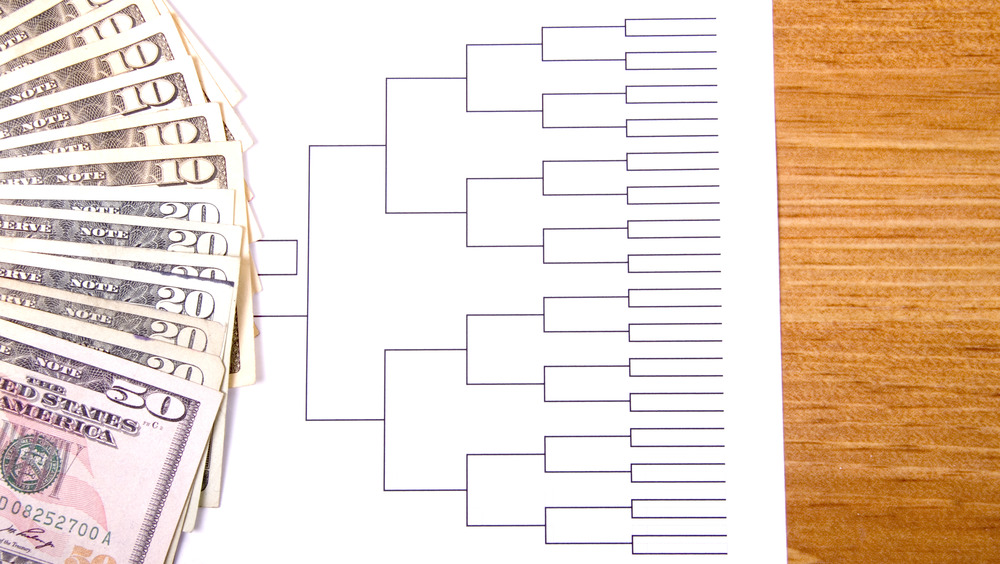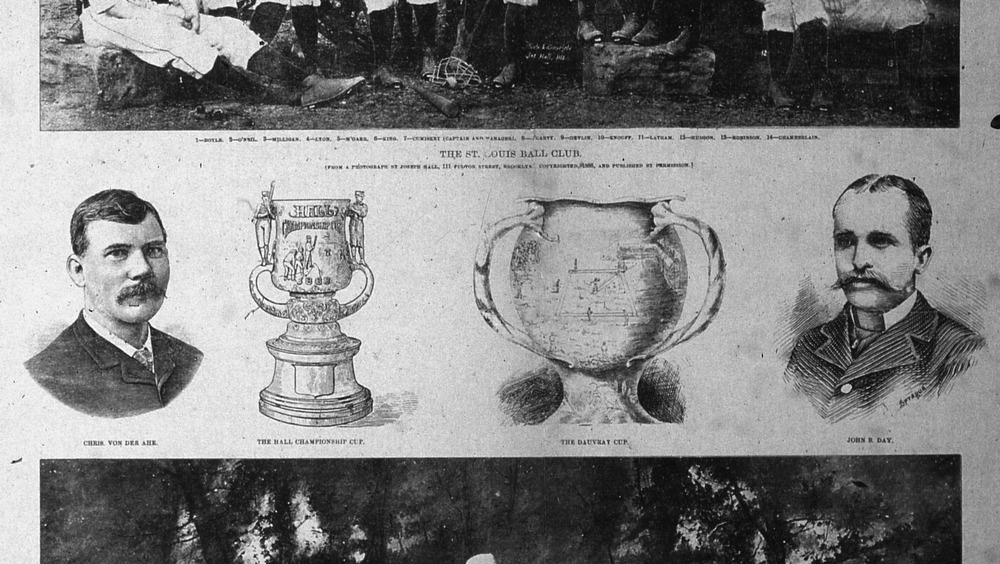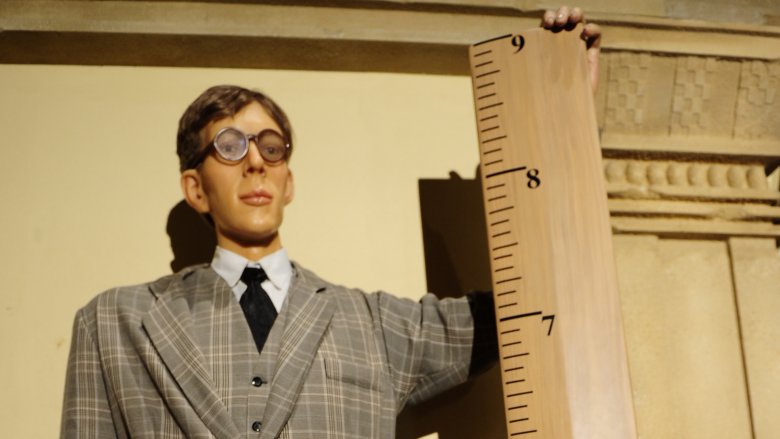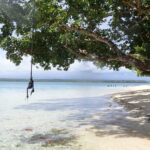
What Really Happened To The Sun-Worshipping Cocovore Cult
For 17 years a German cult-leader-hopeful named August Englehardt lived on the South Pacific island of Kabakon in what is now Papua New Guinea. His goal was to create a new, natural way of life for humanity, but that way of life ended in early death for Englehardt and many who followed him.
Englehardt had the qualities of a good cult leader. According to a 1905 New York Times article, as a college student Englehardt possessed “oratory powers with radical ideas.”
Some of those ideas were that marriage should be done away with and people should leave their towns, cities, and clothes behind and return to nature. They should live somewhere in the tropics without women (who ruined the Garden of Eden but wouldn’t have the opportunity to ruin Englehardt’s utopia) and eat only coconuts. They should worship the sun. If they dedicated themselves to doing so, Englehardt believed, it would spare them from sickness and disease.
According to NPR, in 1898, Englehardt co-wrote a book called “A Carefree Future: The New Gospel” in which he espoused his ideas in an effort to get followers. In 1902, he traveled to the South Pacific to find his island paradise and bought a plantation where his fledgling cult, called Sonnenorden or Order of the Sun, could live. Together with his co-author, August Bethmann, the pair started writing advertisements to be printed and dispersed in Germany to spread the word about Sonnenorden, promising optimal health and sweet tropical island livin’.
Being a cocovore doesn't work
According to The New York Times, only two men showed up to join the Sonnenorden when the first boat of his followers arrived at the island, Heinrich Eukins and Max Lutzow. The three men spent their days worshipping the sun naked and eating coconuts, but Eukins soon fell ill and died, shattering Englehardt’s promise of superior health for those who lived by his tenets. Lutzow and Englehardt carried on for a while, but eventually Lutzow developed a fever and died as well.
Atlas Obscura reported over the years more followers went to the island in search of an existence closer to nature. Several died or got malaria, others realized the lifestyle was not as promised and went back to Germany. But Englehardt persisted. He said people were getting sick because they ate fruits other than coconut.
According to Swiss author Christian Kracht, who wrote a fictionalized book called “Imperium: A Fiction of the South Seas” based on Englehardt’s story, eating coconut was paramount to being closer to God.
Kracht said, per NPR, “He believed that since the coconut grew high up in the tree, closest to God and closest to the sun, it was godlike. And since it had hair and looked like a human head, he thought it came closest to being a man. According to his rather crackpot theory, to be a cocovore was to be a theophage — or eater of God.”
Yet, August Englehardt died on his coconut rich island in 1919 at 44 weighing 66 pounds.
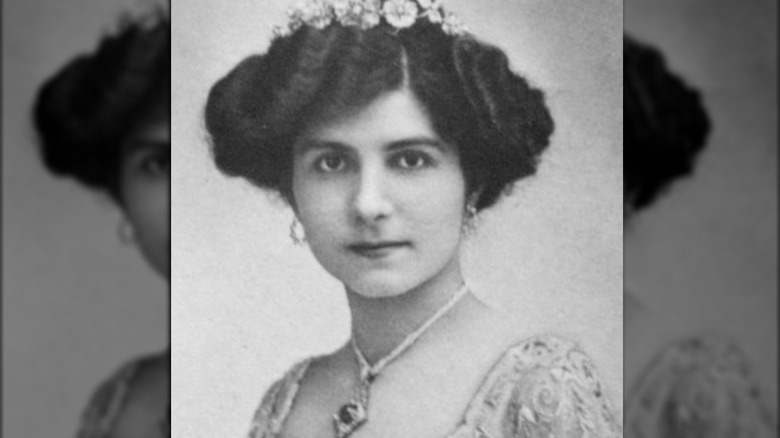
The Sad Truth About Princess Helen From Serbia
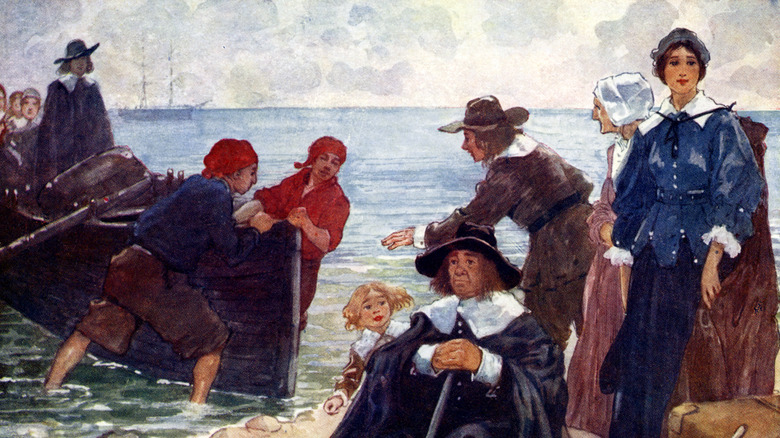
What Life Was Like As A Print Worker In The Colonial Era

Disturbing Details Found In The Heaven's Gate Victims' Autopsy Reports
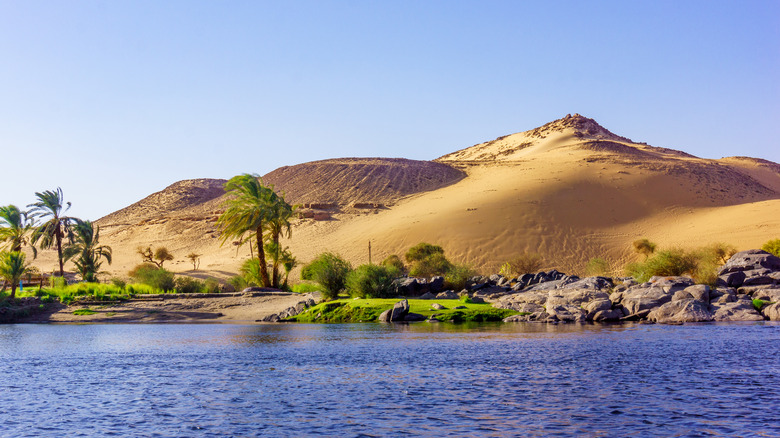
Why The Nile Was So Essential In Ancient Egypt
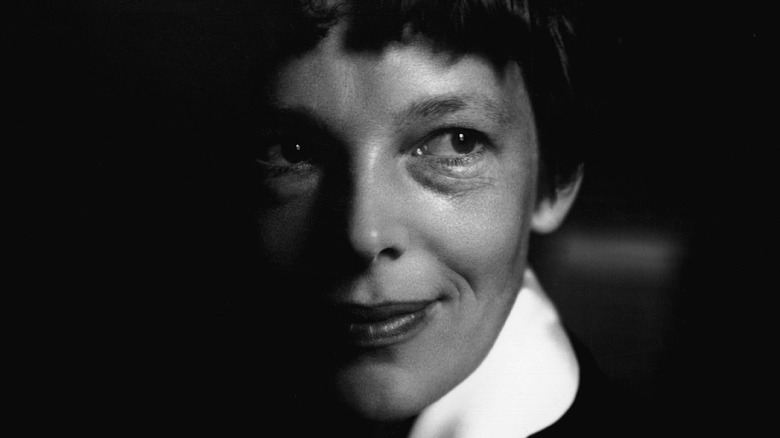
Here's How Amelia Earhart Stayed Awake During Flights
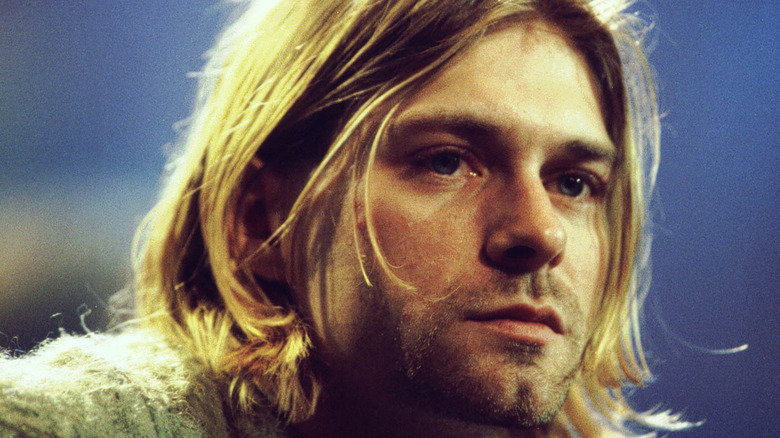
The Kurt Cobain Theory About His Death That Changes Everything
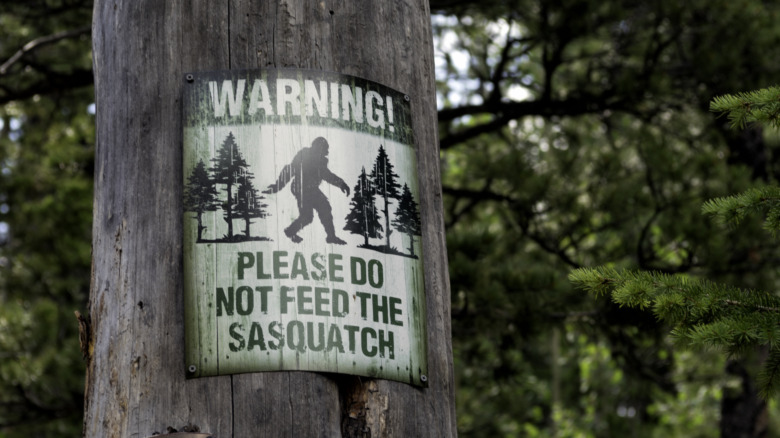
Where Do People Say Sasquatch Lives?

The Truth About The Man Who Ate 30,000 Big Macs

What Steven Seagal's Position With Russia Really Means

Canada Accidentally Sent A Nuke Alert To Millions Of Citizens
